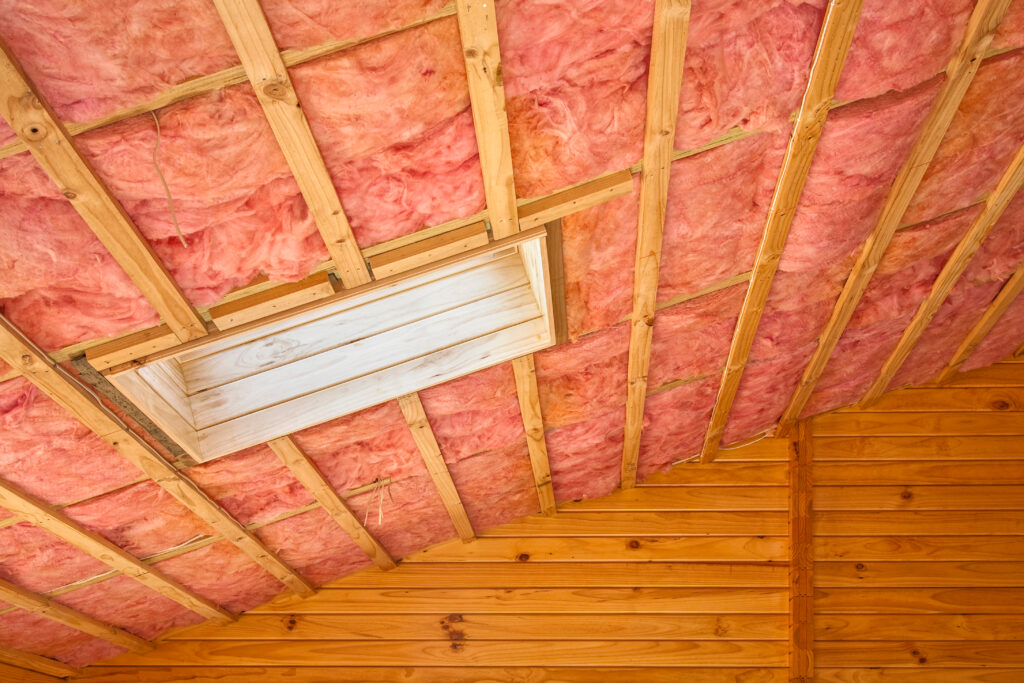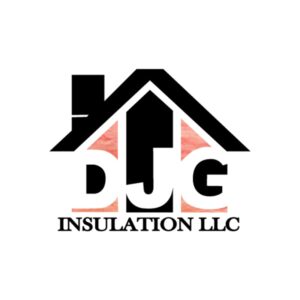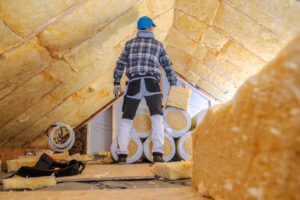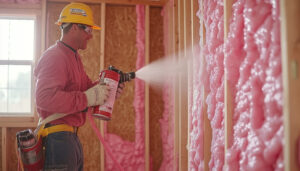Owning a home in the shores of New Jersey is a dream to many.
This is because it offers a dreamy escape.
This is due to its unparalleled beauty.
There are definitely many things to love.
However, shore and beach houses usually experience intense humidity, salty air, and fluctuating temperatures.
These conditions present unique challenges to homeowners because they have to put in the needed effort to keep their indoor environment cozy.
This can be quite expensive to achieve, and that is where insulation comes in.

Fiberglass Insulation Will Keep Your Heat Inside
This article gives information regarding ideal insulation techniques that shore homeowners can implement to ensure maximum energy savings.
Spray Foam Insulation
Looking for a very effective insulation method for your New Jersey coastal home? Consider spray foam insulation. This is because it’s distinct from other materials. Some of these other materials are like fiberglass and cellulose. This is because it expands after application. Through this, it’s able to seal gaps. Once this happens, it prevents potential air leakage. This is situation skyrockets energy bills.
The material creates an airtight barrier. This combats the high humidity levels. It also boosts overall temperature regulations. By doing this, this technique ensures energy savings. It also prevents moisture-related issues. This usually mold and mildew growth.
Fiberglass Insulation
Looking for an insulation material that offers thermal resistance while still being able to regulate indoor temperatures all-year round? Consider fiberglass. It possesses the capability to trap air within its structure. This reduces the amount of heat lost. This results in high energy savings.
It has moisture-resistant capabilities. This makes it perfect for coastal homes. This is because the high humidity levels can cause different issues. Some of these challenges entail growth of mold and mildew. Another advantage of this material is that it’s environmentally friendly. It’s also non-combustible.
Fiberglass can be installed in attics, walls, and crawlspaces. While on such surfaces, it’s able to offer indoor comfort while still being able to help you save on energy bills.
Cellulose Insulation
Cellulose is often made from recycled materials. It presents another technique that homeowners can implement to boost energy efficiency. This is all while still ensuring sustainability.
It offers superior thermal performance. This happens by filling gaps and cracks. Through this, it’s able to prevent air leakage. It has a very high density. This reduces loss of heat during winter. On the other hand, it keeps your indoors cool during summer. These features make it perfect for the ever-changing coastal temperatures.
The material also has excellent soundproofing properties. It’s therefore able to minimize outdoor noise. Most noise comes from traffic or wind. It’s also eco-friendly. These attributes make it an ideal investment.
Mineral Wool Insulation
It’s made from natural materials. Recycled materials can also suffice. Some of these include basalt rock and slag. This insulation technique offers excellent insulation. It does this while still being soundproof and fire-resistant. Due to these features, it’s ideal for those homeowners looking for a material that has superior thermal performance. The material is also resistant to moisture.
It also has a very high density. Due to this, it’s able to keep heat in during the cold days of winter. On the other hand, it keeps heat out during the warmer days of summer.
Mineral wool is able to repel water. This feature makes it the best solution for coastal environments. The conditions here affect other insulation materials but not mineral wool.
Foam Board Insulation
It’s made from polystyrene or polyurethane. This outstanding material has been proven to reduce excessive heat transfer. It has a rigid structure. This means that it can be used in walls and foundations. It can also work quite well even with roofs. It doesn’t absorb water. This goes a long way in preventing growth of mold.
Foam board insulation minimizes heating and cooling costs. You also enhance energy efficiency. In addition, you will be able to protect your coastal home from the harsh climate.
Shore homes are usually exposed to high humidity levels and salty air. The area also experiences frequently changing temperatures. Overlooking the power of good ventilation can cause musty odors and stagnant air. It also leads to increased humidity levels. However, a proper ventilation system attracts high energy costs. This is especially if insulation is not done right.
Therefore, to help with energy savings, you need to do proper insulation in your coastal home. With the aforementioned methods such as implementing fiberglass, spray foam, and rigid foam board, you should be able to achieve full-proof insulation that will help make your coastal living in New Jersey blissful.




